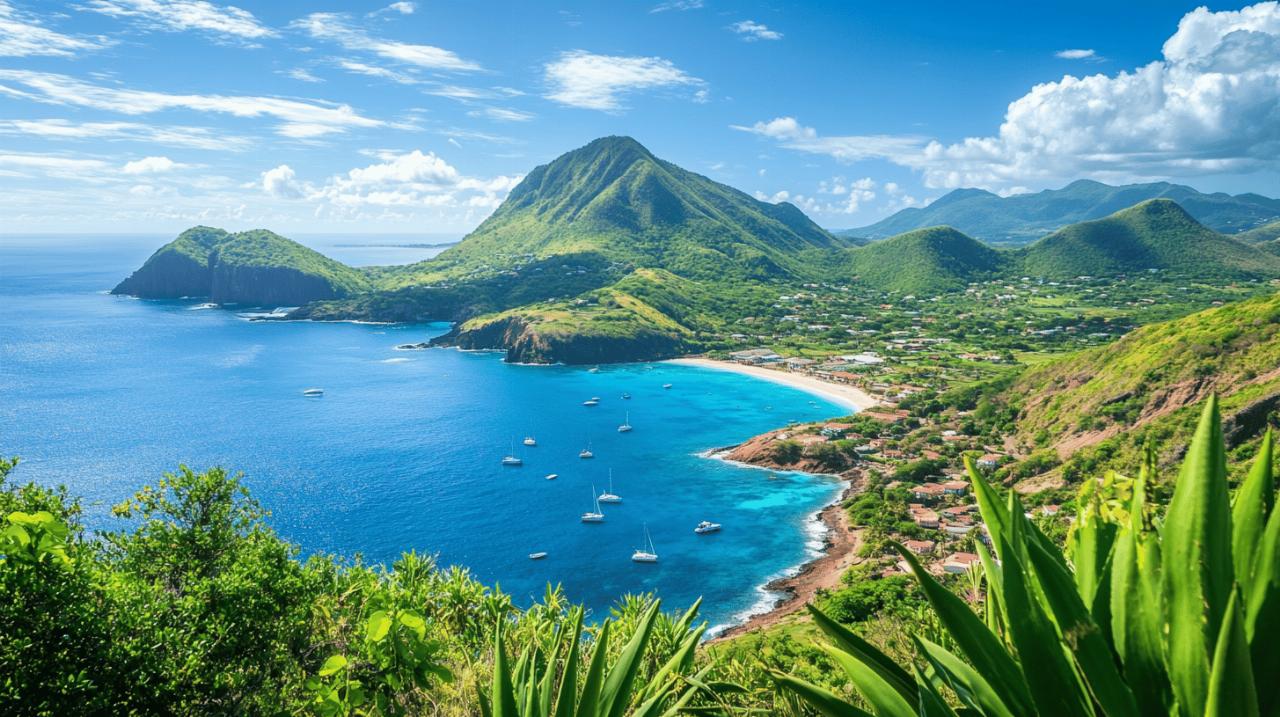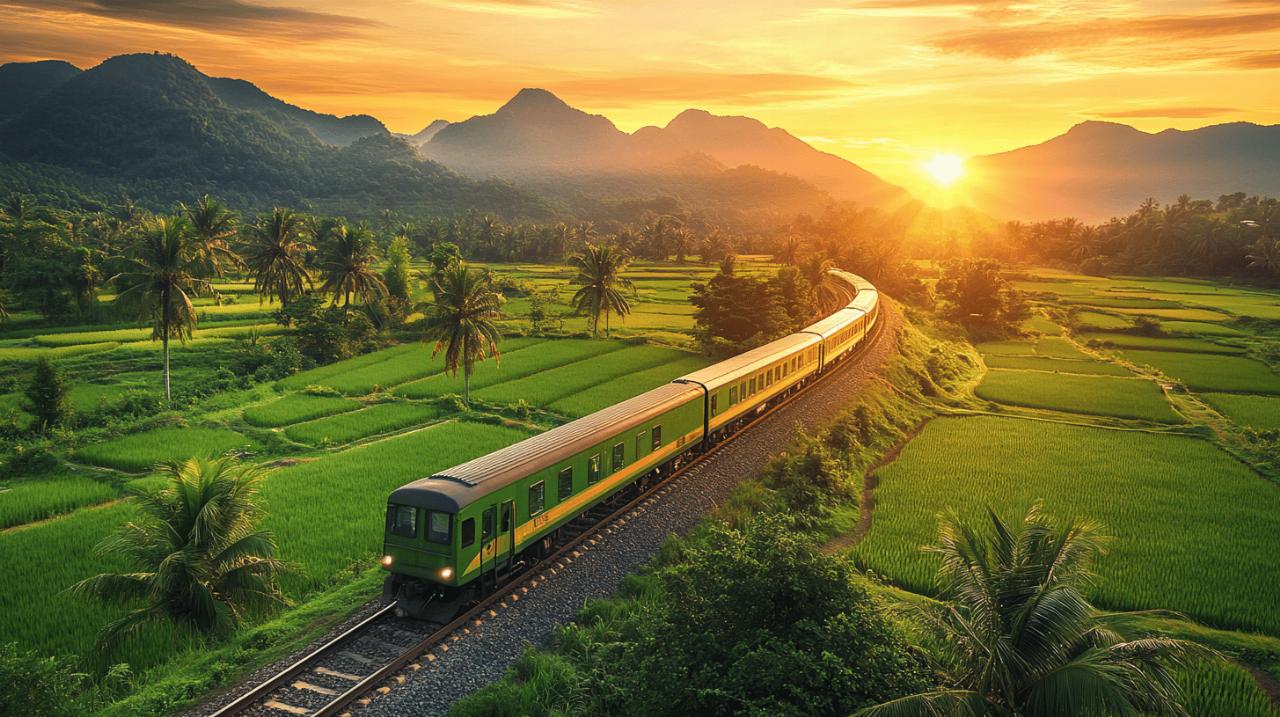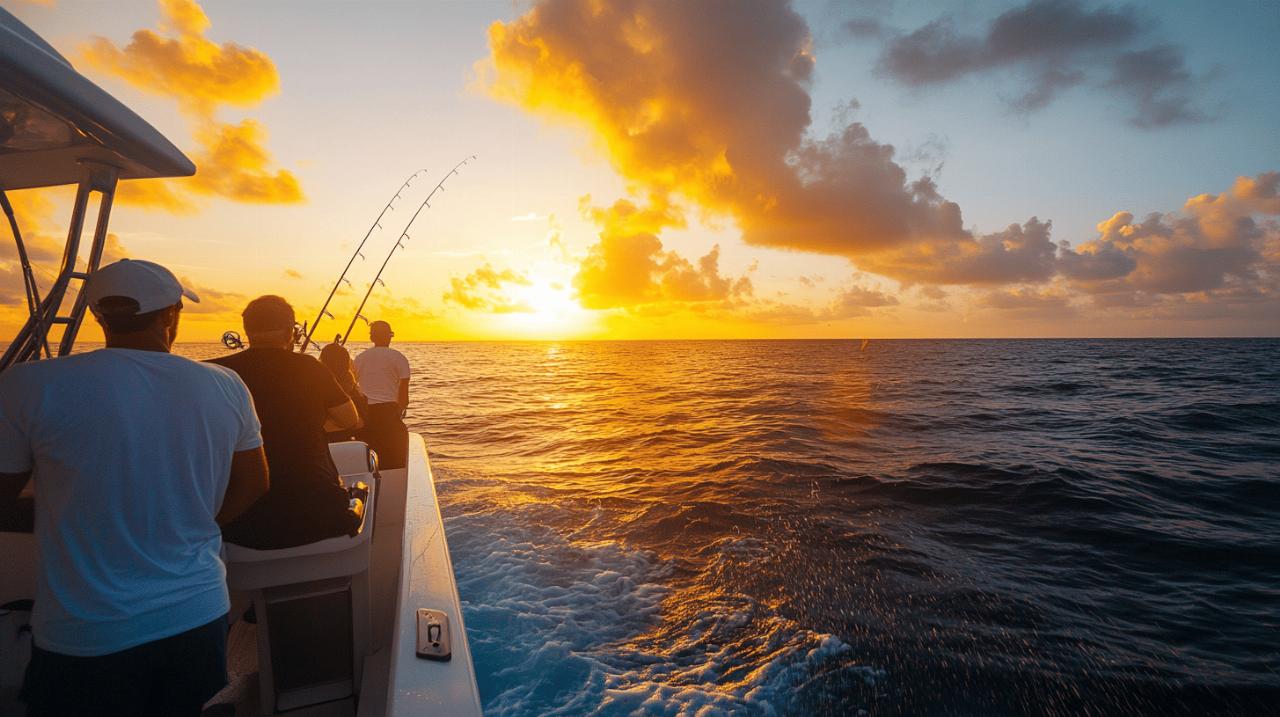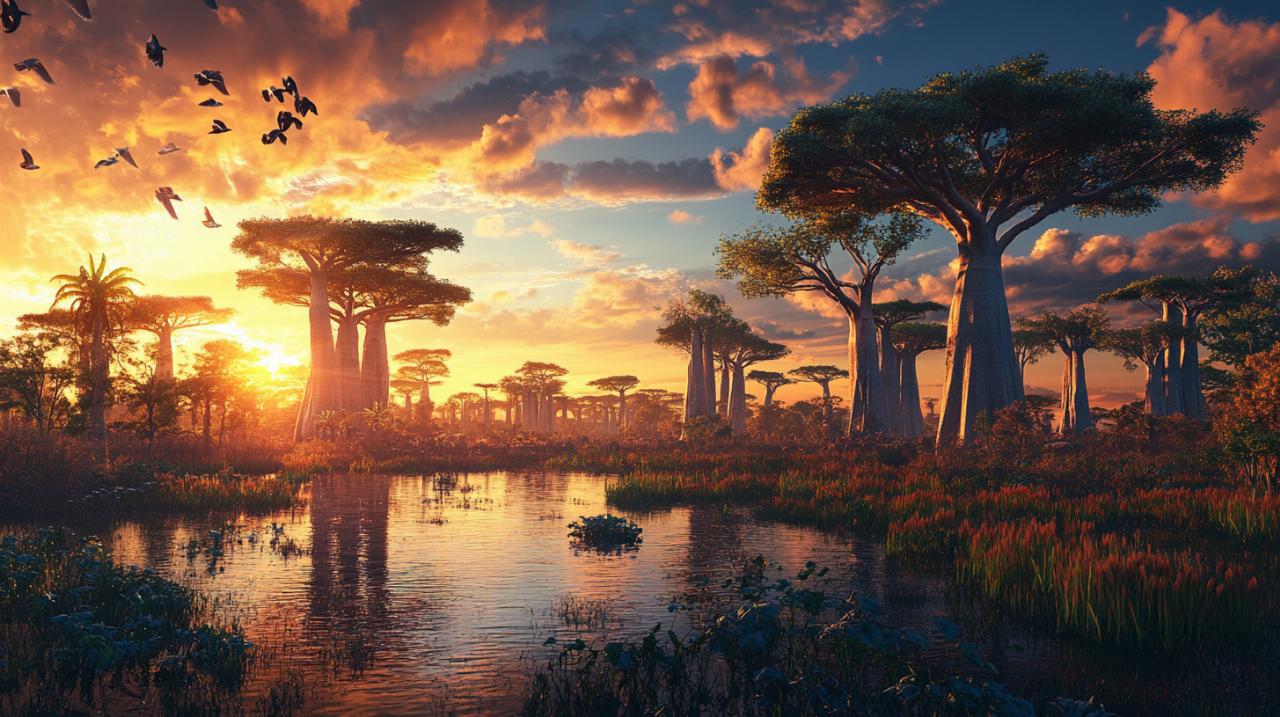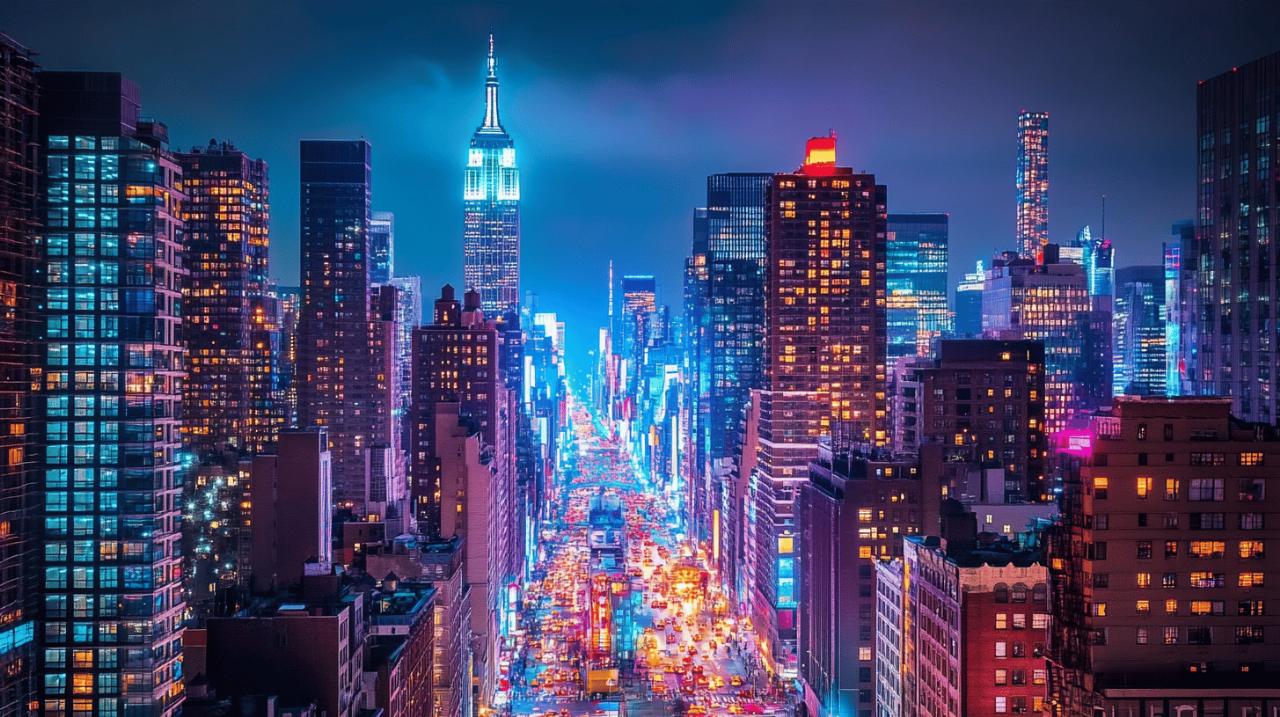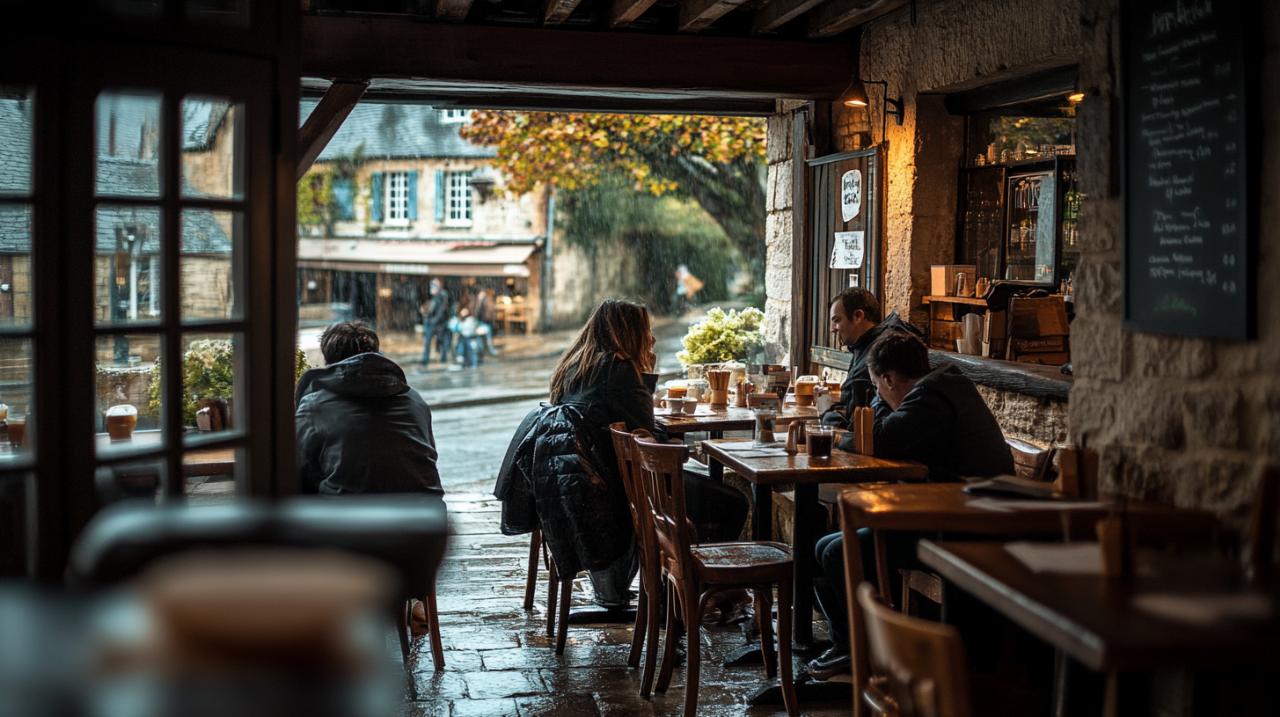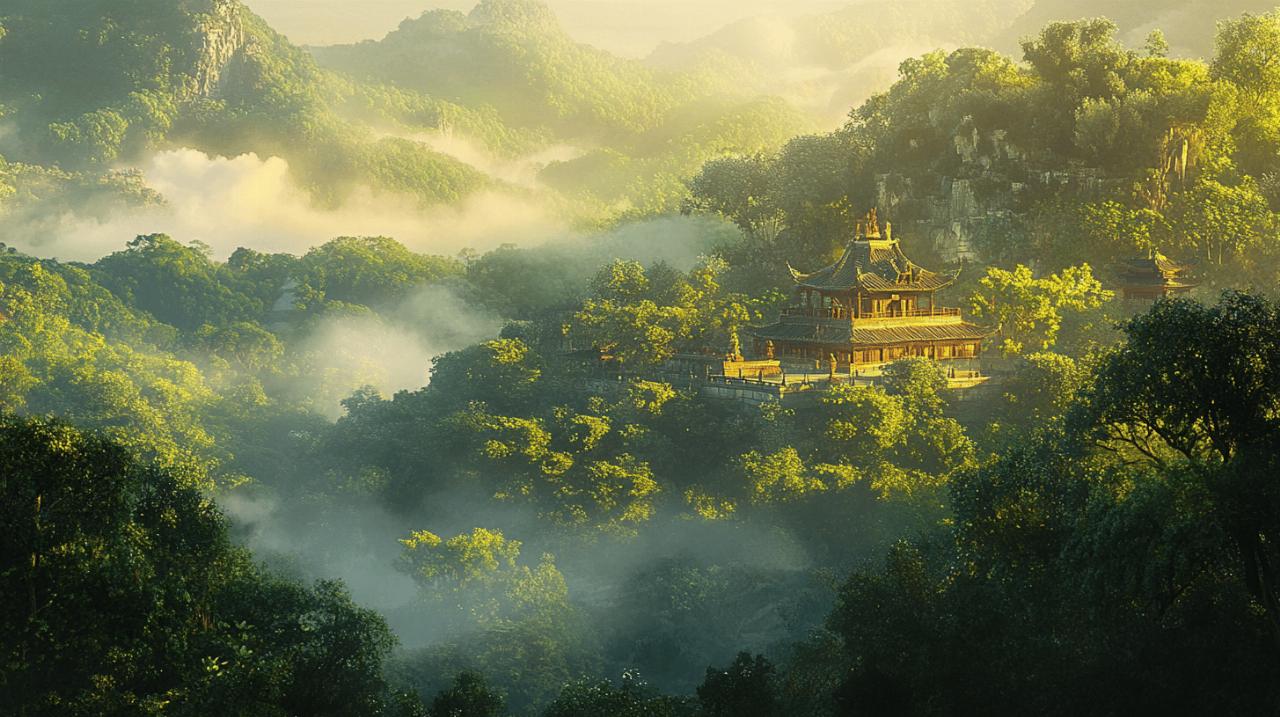Switzerland's majestic landscapes offer some of the world's most breathtaking natural wonders, and none are quite as mesmerizing as its hidden canyons. Nestled between towering Alpine peaks and verdant valleys, Swiss canyons provide adventurers with a unique perspective of the country's stunning geography. While many travellers flock to Switzerland for its iconic mountains and lakes, the canyon trails represent an untapped frontier for outdoor enthusiasts seeking both serenity and exhilaration.
Discovering switzerland's hidden canyon gems
Switzerland boasts an impressive network of canyon trails that weave through its diverse landscapes. From the rugged terrain surrounding the mighty Matterhorn to the gentler slopes near Interlaken, these water-carved passages reveal millions of years of geological history. The Swiss Alps harbor some of the most dramatic canyon formations in Europe, with crystal-clear waters flowing through narrow gorges flanked by towering rock faces. Adventure seekers will find these natural corridors offer a perfect blend of hiking and water exploration, making them ideal for those who want to experience Switzerland beyond the typical tourist routes.
Mapping the Most Stunning Water Routes in the Swiss Alps
The Swiss canyon network extends throughout various regions, each offering distinct experiences. Near Interlaken, canyon trails provide spectacular views of Lake Brienz and Lake Thun while following ancient waterways. The Lauterbrunnen Valley, famous for Staubbach Falls, Europe's highest free-falling waterfall, features stunning canyon passages carved by centuries of glacial meltwater. For those venturing near Grindelwald, canyons at 1000 metres above sea level offer panoramic Alpine vistas alongside thrilling water routes. The remarkable Dala Gorge, with its 600-metre steel catwalk, represents a more accessible option for families while still delivering breathtaking views of water-sculpted rock formations beneath the shadows of peaks like the Eiger and Jungfrau.
Seasonal Considerations for Canyon Exploration in Switzerland
Timing is crucial when planning canyon adventures in Switzerland. Summer months of July and August provide optimal conditions for most water routes, especially those at higher elevations where snowmelt creates vibrant, flowing waterways. Spring visits from March to May offer lush greenery and powerful water flow, though temperatures remain cooler at 7-16°C with occasional rainfall. Autumn explorers will enjoy more solitude and beautiful foliage as temperatures hover between 10-18°C from September to November. Winter canyon exploration is generally not recommended due to freezing temperatures and potentially dangerous ice formations, though some lower-elevation canyons remain accessible with proper equipment and guidance. The shoulder seasons often provide the perfect balance of manageable water levels and fewer crowds for those seeking a more intimate canyon experience.
Essential Gear and Preparation for Swiss Canyon Adventures
Proper preparation is non-negotiable for safely navigating Switzerland's canyon trails. Unlike standard hiking paths, canyon routes often involve water crossings, slippery surfaces, and varying terrain that demands specialized equipment. A comprehensive packing list should include quick-drying clothing, waterproof bags for electronics and valuables, and sufficient water and energy-dense snacks. Navigation tools such as detailed maps or GPS devices are essential, as canyon routes can sometimes have poor mobile reception. For more technical canyons, especially those near the Frudenhutte route around Lake Oeschinen, a via ferrata set might be necessary due to potentially icy conditions even during summer months.
Selecting proper footwear and safety equipment
The foundation of any successful canyon adventure begins with appropriate footwear. Specialized canyon shoes with excellent grip and drainage systems are ideal, though robust hiking boots with good ankle support work well for drier routes. Water-resistant or quick-drying footwear becomes particularly important when traversing routes like the Thermal Canyon Walk in the Dala Gorge, where water contact is inevitable. Safety equipment requirements vary based on the canyon's technical difficulty, but essential items include a helmet to protect against falling rocks, a harness for more challenging sections, and depending on water levels, a personal flotation device. Thermal protection becomes crucial even during summer months, as water temperatures in Alpine canyons remain cold year-round due to glacial meltwater origins.
Weather Awareness and Emergency Planning in Alpine Canyons
The Swiss Alpine environment is notorious for rapidly changing weather conditions that can transform a pleasant canyon excursion into a dangerous situation within minutes. Always check detailed weather forecasts specifically for your canyon location rather than relying on general regional forecasts. Thunderstorms pose a particular danger in canyons due to flash flood risks, so monitoring cloud formations and having clear exit strategies is vital. Emergency planning should include sharing your route details with someone not in your party, carrying a first aid kit tailored to canyon injuries, and knowing the nearest access points for emergency services. Switzerland's extensive mountain rescue network is excellent, but response times increase in remote canyon areas, making self-sufficiency and preparation all the more important.
Top canyon trails across the swiss regions
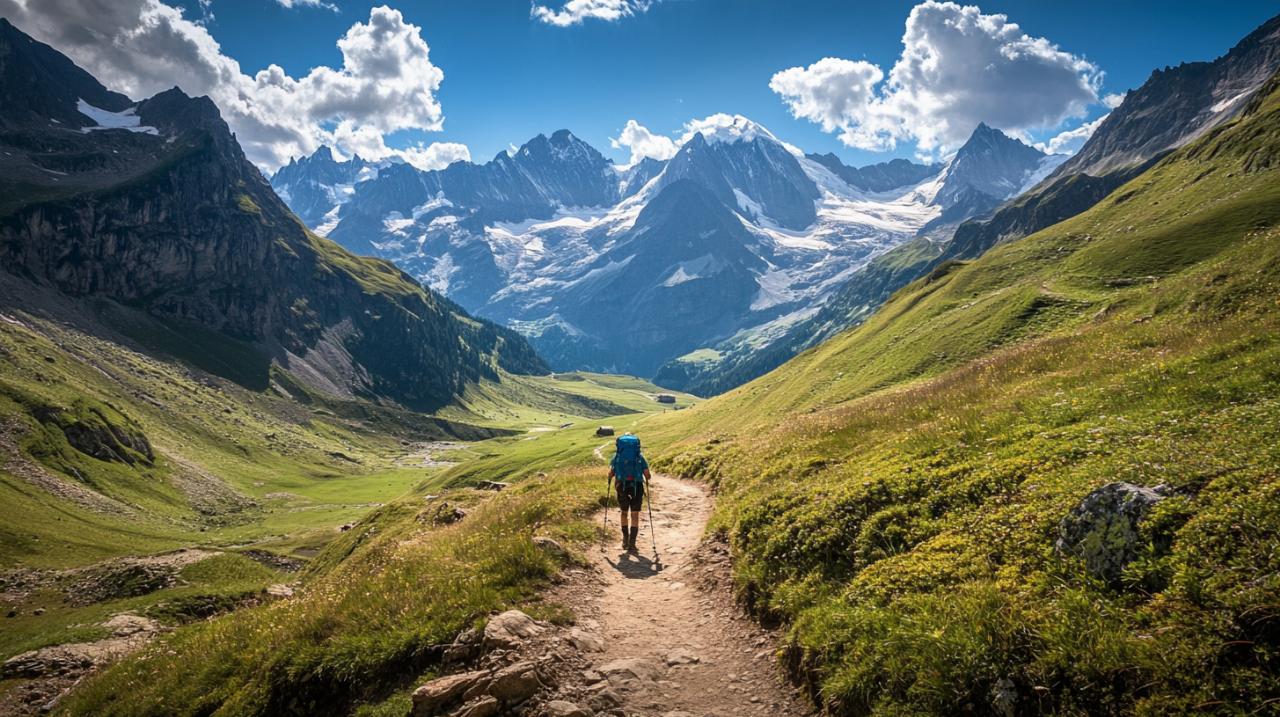 Switzerland's varied topography creates distinctly different canyon experiences across its regions. The central Swiss Alps around Lucerne and Interlaken feature dramatic, water-rich canyons with stunning backdrops of snow-capped peaks reflected in crystal-clear pools. The Matterhorn region boasts the relatively accessible Matterhorn Glacier Trail, a 6.2 km mostly downhill walk taking 2-3 hours with several impressive canyon sections along the route. For unique geological formations, the Aletsch Glacier area offers canyon trails alongside views of Switzerland's largest glacier stretching 23 kilometres. These trails provide glimpses into the powerful forces that have shaped the landscape over millennia, with water carving through rock layers to create natural sculptures that change with every passing season.
Switzerland's varied topography creates distinctly different canyon experiences across its regions. The central Swiss Alps around Lucerne and Interlaken feature dramatic, water-rich canyons with stunning backdrops of snow-capped peaks reflected in crystal-clear pools. The Matterhorn region boasts the relatively accessible Matterhorn Glacier Trail, a 6.2 km mostly downhill walk taking 2-3 hours with several impressive canyon sections along the route. For unique geological formations, the Aletsch Glacier area offers canyon trails alongside views of Switzerland's largest glacier stretching 23 kilometres. These trails provide glimpses into the powerful forces that have shaped the landscape over millennia, with water carving through rock layers to create natural sculptures that change with every passing season.
Jura mountains: lesser-known canyon pathways
While the Alps dominate Switzerland's outdoor reputation, the Jura Mountains along the French border harbor some of the country's most pristine and least crowded canyon trails. These limestone formations create a karst landscape rich with natural springs, underground rivers, and dramatic gorges. The gentler elevation of the Jura makes these canyons more accessible throughout the year, with many routes suitable for intermediate adventurers. Water temperatures tend to be slightly warmer than in the high Alpine regions, making Jura canyons particularly appealing during late spring and early autumn. The region's distinctive limestone creates narrow slot canyons with smooth, sculpted walls that contrast beautifully with the surrounding verdant forests. These paths often connect charming Swiss villages, allowing explorers to experience local culture as part of their canyon adventure.
Alpine wonders: high-elevation canyon experiences
For those seeking the ultimate Swiss canyon experience, the high Alpine regions deliver unparalleled grandeur. The challenging Pizzo della Casa route begins in Switzerland before crossing into Italy, offering international adventurers a taste of both Alpine traditions while navigating spectacular canyon sections. The Bachalpsee Hike, beginning with a gondola ride to 2,150 metres, combines classic Swiss Alpine scenery with striking canyon features, including the famous reflective lake that mirrors surrounding snow-capped peaks. Perhaps most impressive is the Eiger Trail, which skirts the notorious north face while featuring several narrow canyon passages carved by glacial runoff. These high-elevation canyons require more technical skill and typically have shorter accessible seasons, generally from late June through September, but reward visitors with otherworldly landscapes and a profound sense of wilderness.
Transportation and Logistics for Canyon Explorers
Switzerland's excellent public transportation system makes accessing even remote canyon trailheads remarkably straightforward. The country's integrated network of trains, buses, cable cars and funiculars connects visitors to starting points that would otherwise require lengthy approaches. Many canyon adventures can begin directly from popular tourist hubs like Interlaken, Grindelwald, or Lauterbrunnen, eliminating the need for a rental car. For those planning multi-day canyon explorations, the Swiss Travel Pass offers unlimited travel on public transportation along with free admission to many museums and discounts on mountain excursions, making it an economical choice for international visitors.
Railway connections to remote canyon starting points
Switzerland's railway system represents an engineering marvel that serves as a gateway to its most spectacular canyons. The Jungfraujoch railway, Europe's highest station at 3,454 metres, provides access to several high-Alpine canyon trails with breathtaking backdrops. The UNESCO-recognized train journey from Chur to St. Moritz passes numerous canyon access points while offering spectacular views along the route. For a truly unique experience, the Gelmerbahn, Europe's steepest open funicular railway, delivers adventurers directly to trailheads near some of Switzerland's most dramatic water-carved landscapes. Many canyon starting points feature coordinated timetables where buses meet arriving trains, creating seamless connections that eliminate waiting times. This transportation infrastructure allows visitors to combine canyon explorations with visits to cultural highlights, maximizing the Swiss experience without logistical headaches.
Accommodation options near switzerland's premier canyon trails
Finding suitable accommodation near canyon adventures requires balancing proximity to trailheads with comfort and amenities. Interlaken serves as an ideal base for many canyon explorations, offering options ranging from the luxurious Victoria Jungfrau Grand Hotel & Spa to more modest guesthouses. The Hotel Metropole Interlaken provides panoramic views of the Jungfrau region, perfect for planning the next day's canyon route, while the riverside Lindner Grand Hotel Beau Rivage offers tranquility after an adventurous day. For those seeking more immersive experiences, mountain villages like Gimmelwald feature charming lodgings and unique attractions such as the famous 'Honesty Shop' where customers pay without supervision, reflecting the traditional Swiss values that make exploring this country so special. Many accommodations can arrange guided canyon excursions, equipment rental, and transportation, simplifying the logistics for international visitors unfamiliar with local conditions and regulations.

